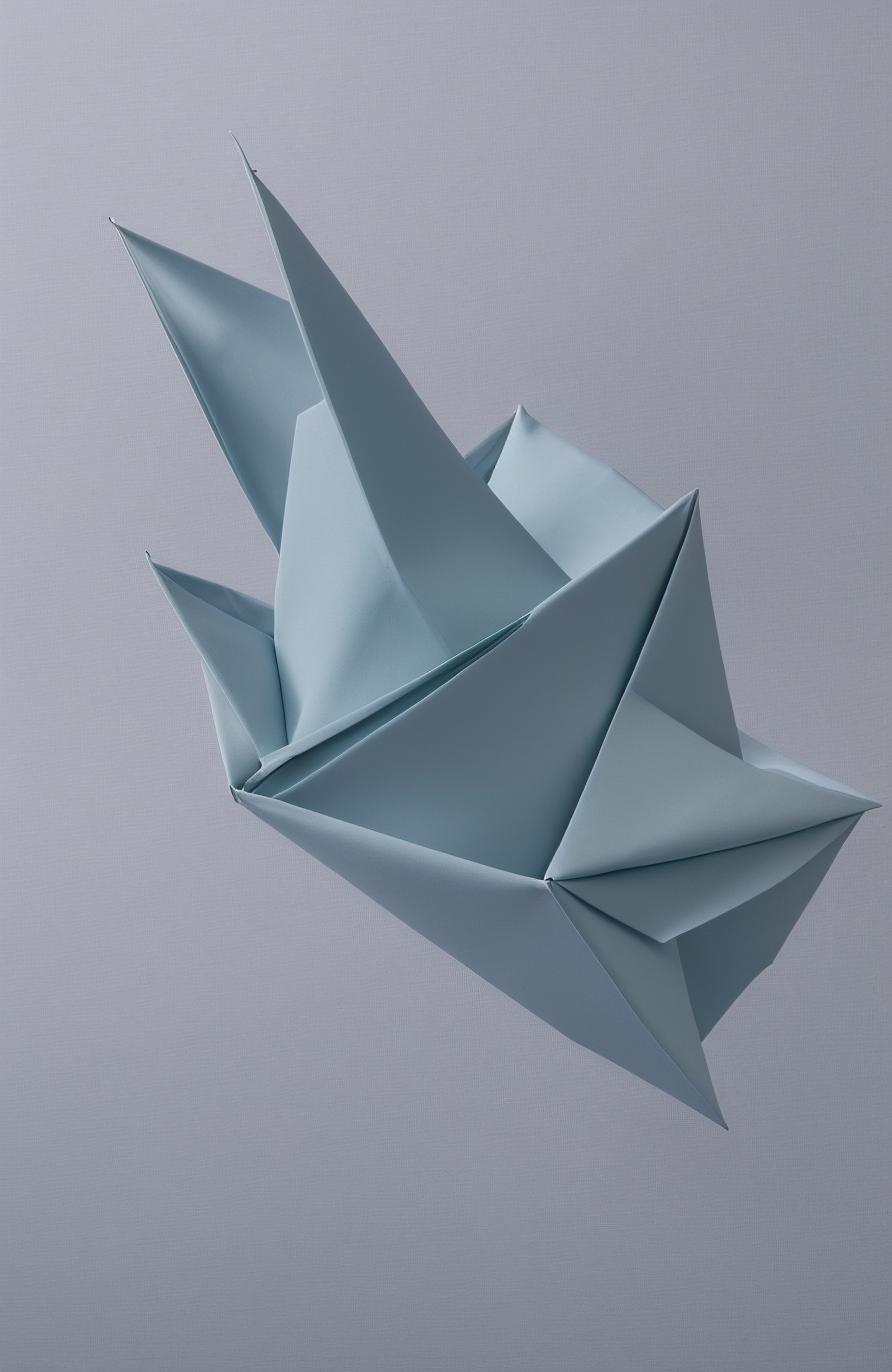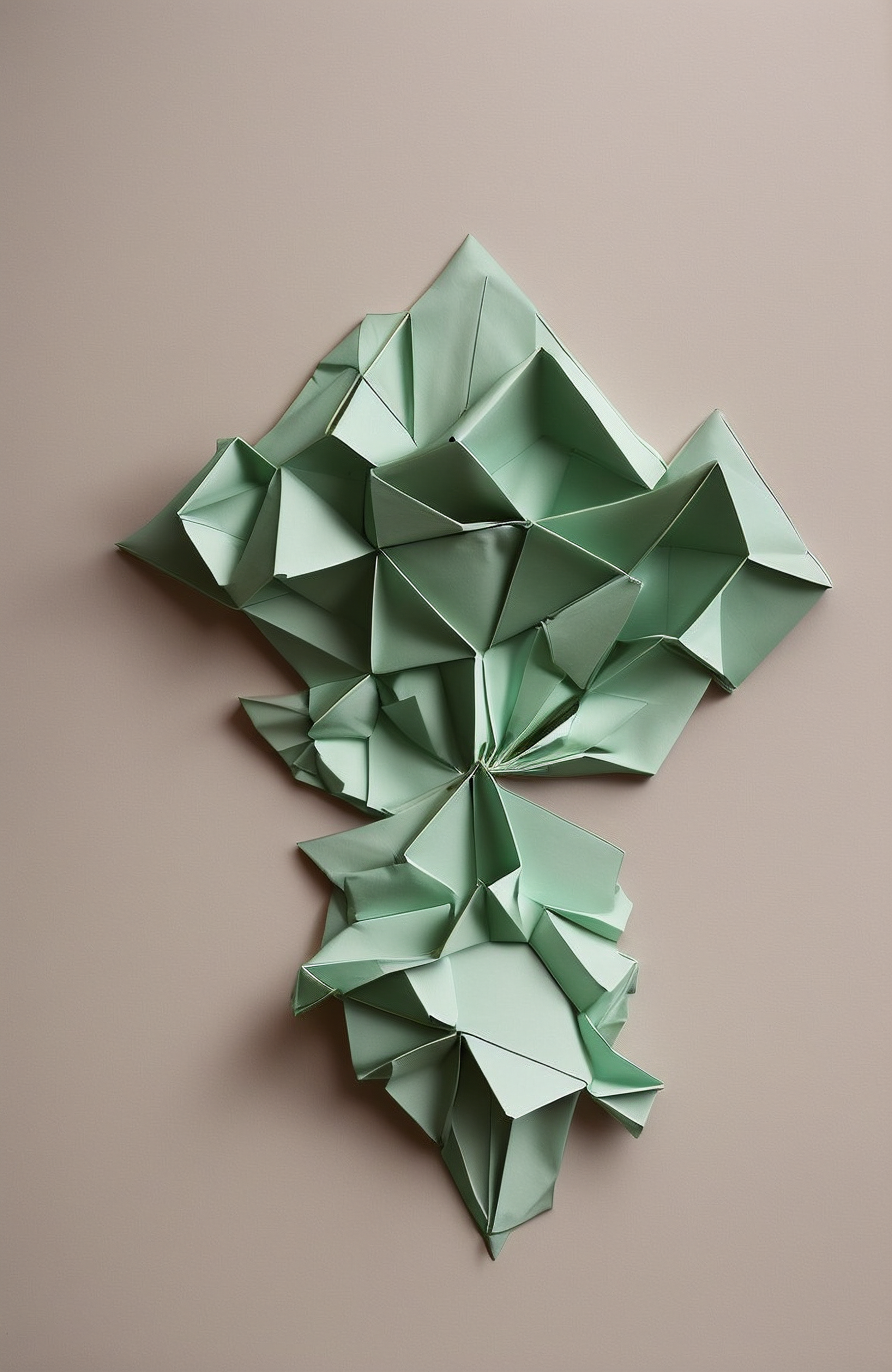ANA MARíA CABALLERO: PAPERWORK
Part of a series of articles & interviews released digitally that were first published in the print edition of the Bright Moments Quarterly that was distributed at Bright Moments Buenos Aires in Buenos Aires, Argentina in November 2023.
Bright Moments: Thank you for taking the time to do this interview, Ana! Can you tell us a little bit more about your background in poetry and the literary arts?
Ana María Caballero: I've been writing creatively since middle school. I took my first creative writing course in high school and then studied literature at Harvard. From there, I went on to various communications-related jobs. I worked for the Colombian Vice President, helping him with international press, for example. And I worked as a freelance journalist in Manhattan, interviewing various figures for a few Latin American publications. My fondest memory is interviewing then-Mayor Michael Bloomberg shortly after 9/11. It was a really intense interview in the middle of the city’s war room.
I went from one very demanding job to the next until my son was born, almost 11 years ago. This is the only time in my life that I haven’t held a day job. I still have one, in fact. During this pause, I had the mental space to gather all my poems into a book. I was living in Bogotá—a massive, very intense South American capital city—and writing poems in Spanish about my experiences. I sent the book out to different contests and ended up winning a national poetry contest in Colombia. I was the first woman to win this prize. It was a life-changing recognition.
I turned to my English poetry and published two chapbooks in English. Then I wrote a longer, more prosaic nonfiction manuscript, which was actually published this year. I've also published a digital collection of short stories as NFTs, and I have two books of poems coming out next year, one in English and another in Spanish.
One interesting aspect of your artistic practice is that it is bilingual. What is that experience of creatively exploring each language like?
I really feel like each language has its own anatomy, its own musculature, its own nervous system. Whenever I enter each language, I’m entering its body and moving in a different way.
My writing tends to be very rhythmic. I pay close attention to meter, to rhyme. A lot of poets right now kind of throw that off to the wind, but I actually really love when there's internal rhyme in a poem. I think that in conversational poems, rhyme can really subvert the narrative because you realize the level of intentionality required to pull it off. When you’re reading a seemingly casually constructed poem and, all of a sudden, you encounter rhyme, you need to pay attention: the poet wants you to notice something.
English is sometimes more stringent and resistant to rhyme, but Spanish isn't. So in Spanish, I have to be careful to not overdo it, or else you end up with this nursery rhyme feel that I don't want.
Being bilingual is a gift. Few things open doors the way being fluid in more than one language does. Especially Spanish, because Spanish is a language that embarks such a vast territory. Most of Central and South America is Spanish-speaking, and then you have Spain, which is a doorway into Europe. Spanish opens so many doors within the US, too.
How did you get started with exploring digital approaches to your creative practice?
I always felt that the life of a published poem was too quiet, too insular, too short. I wanted my poems to be living, breathing entities out in the world. I worked so hard to write and publish them and then it was almost anticlimactic to see them published and not know who was reading them. Because I was working a day job, I would spend the weekend writing. I was taking time away from my children, from the world, to write. I wanted poetry to change my life, but it just wasn’t happening.
I began exploring social media and sharing my work there. I found a sense of communion. For example, I wrote a book about my son's seizures - he had epilepsy - and a woman wrote to me today because I'm giving a reading tomorrow. She said, “My daughter has the same types of seizures. I really wanted to go to your event but can’t make it. Are you having any more?”
It feels great to connect with strangers over something that's really meaningful. Everyday interactions can become very monotonous and superficial but deeply meaningful interactions around my work have emerged in the digital sphere. Collaborating with other artists has also been rewarding. Having an artist I respect reach out to me is as important as a mother saying “Hey, I loved your work. Where can I read more?”
A search for communion drove me toward the virtual. I always give Bright Moments so much credit for pioneering and understanding the connections that can be had when we gather with our internet friends around digital art.
Are there any differences you experience in publishing your work traditionally vs. digitally as NFTs?
I really love the fact that you can infuse voice into digital poems. Much of my work consists of micro poetic films. They are experiences. They have a crescendo, an opening, and an end–even if they're only three minutes long.
When you read something on a piece of paper, it's hard to know how it's meant to be read: the intonations, the cadence, the speed…But when you listen to a poet read their work, an emotionality and an intent is communicated via voice that is very, very visceral.
As a pioneer in the Web3 literary space, where do you see this community headed? What do you think the future of this space is, if that's not too big a question to ask?
It's a huge question, right? We're all wondering that. I have a lot of faith, and I think that there are many encouraging ways to consider the future of literary NFTs.
When the massive publishing houses get into Web3, it will be a huge turning point. I feel that it's inevitable because digital books already exist and are already doing well. It's a small psychological leap on the consumer side from a digital book to an NFT book, but what it gives the publishing house is an incredible tool and knowledge of who the audience is. I don't know who’s purchased my books on Amazon, but I know exactly who’s purchased TRYST, my NFT book.
I’m working on an audio version of TRYST to airdrop to collectors of the first edition as a gift, as a thank you. So I will continue the conversation with the people who have collected my book on chain. I can’t do this with those who’ve bought my books online.
This is an incredibly powerful tool. I always say young adult literature and children's literature are particularly well-suited for the blockchain. I'm reading Matilda to my daughter right now, and I'm sure she would love it if there was a virtual Matilda game, with accessories. These kinds of transactions could benefit from blockchain technology, because this tech empowers the creator, giving them knowledge of what is being used and how.
On the more artistic side, digital poems are definitely having an exciting moment. They are being exhibited in major galleries, and museums are interested in having these digital poems in their exhibitions as well. I'm working on a museum show for next year, for example, focused on digital poetry. I think that digital poetry will participate on the same terms as any other form of digital art, and, of course, we all believe that the relevance of digital art is only going to increase as we become more and more technologically intertwined.
I’m also very inspired by the experimentation that is native to Web3. For instance, Paperwork, my Bright Moments collection consists of performance-based, digital generative sculptures that render material moments of private connection to my poetry.
I'm connecting the private to the public, the ephemeral to the timeless, via the supposedly untouchable form of the digital. I’m asserting the power of the digital to capture and empower moments of meaning, brought on by verse. Paperwork is a collection of bright moments of connection to poetry.
Can you tell us more about the project you are working on for Bright Moments Buenos Aires?
I’ve been working on Paperwork since March of 2023. I was working on it long before I spoke with Seth, and he gave me the green light. I was performing my poetry at different venues, providing little notepads and pencils to participants. After each performance, I asked attendees to write down one word in response to my verse. At one performance, somebody left me an origami swan, and I thought that was so beautiful. I then started experimenting with creating digital origami sculptures using AI that represented the words people were sharing with me.
I'm working with EmProps’ OpenStudio tool which is amazing, and I've created these sets of prompt instructions that are each rooted in the places where I’ve delivered my poetry. For example, I performed at Valencia in Spain, and for that collection, I inserted elements of Calatrava, the architect who designed their city of arts and sciences, which is the heart of the city. For Bogotá, I really tried to lean into its palette–red brick tonalities and muted grays. The city is about 9,000 feet above sea level, and it's a very rainy, damp, and quite cold tropical city. There’s a grayness in my Bogotá collection, with some shots of brilliant blue like you only see in Bogotá’s sky as well.
I'm really excited to share these works, because each of them bear the name of one person's reaction to my poetry, and I've placed the titles in quotation marks intentionally because I'm quoting somebody.
This collection celebrates technology and collaboration because I'm presenting it via Bright Moments, I'm utilizing the EmProps OpenStudio tool, I've performed my poetry at various places that have been kind enough to invite me and then I'm also incorporating the words of others in response to my poetry.
I have kept all the pieces of paper that people gave me. They are each so beautiful because you witness the different handwriting and ways that people have expressed themselves during my readings. I want to share these little scraps of paper when I start sharing the works. I think it'll be really meaningful to collectors to know that I'm triangulating them with somebody else, with a stranger they don't even know.
Paper is such a fascinating visual and conceptual choice for this project. Can you tell us more about that?
This project celebrates paper, not as the messenger, but as the message. I feel like paper is underrated. We consider paper to be ephemeral, disposable—we scribble something and we crumple it up and we throw it away. But for many years paper was almost like a blockchain, right? We used paper to record. Paperwork is also a celebration of our literary past, of our recordable past, as it used to be.
Aside from the places you performed your poetry, was there anything else that might have inspired or influenced you to create the project in this way?
I wanted the sculptures to be surprising manifestations of the words they represent. Each sculpture has layers that can be read.
For example, one of the pieces is “vacío,” which means “empty,” and the piece could have been an empty scene. Instead, there’s something there, and this something is trying to capture the emotion of emptiness.
Finally, what does it mean for you to be showcasing your work in Buenos Aires?
I'm working on two projects right now that incorporate Argentine writers, so it's pretty incredible that I'm going to Buenos Aires. I'm working on a collection based on Jorge Luis Borges’ Book of Imaginary Beings and on a book inspired by Julio Cortázar’s Rayuela, which is considered by many to be the first hypertext novels ever written.
I also really love that we're going to be doing activities in Spanish, and that I might be able to read poetry in Spanish. I consider myself an activist for the Spanish language, so I'm really excited and grateful that Bright Moments has allowed Spanish this space.




